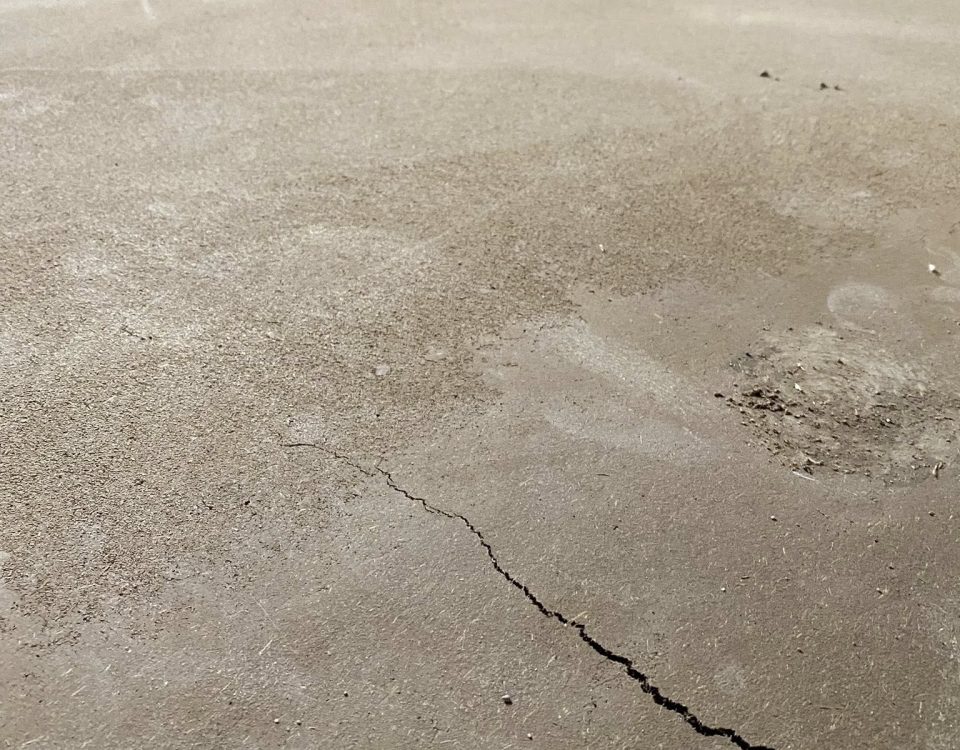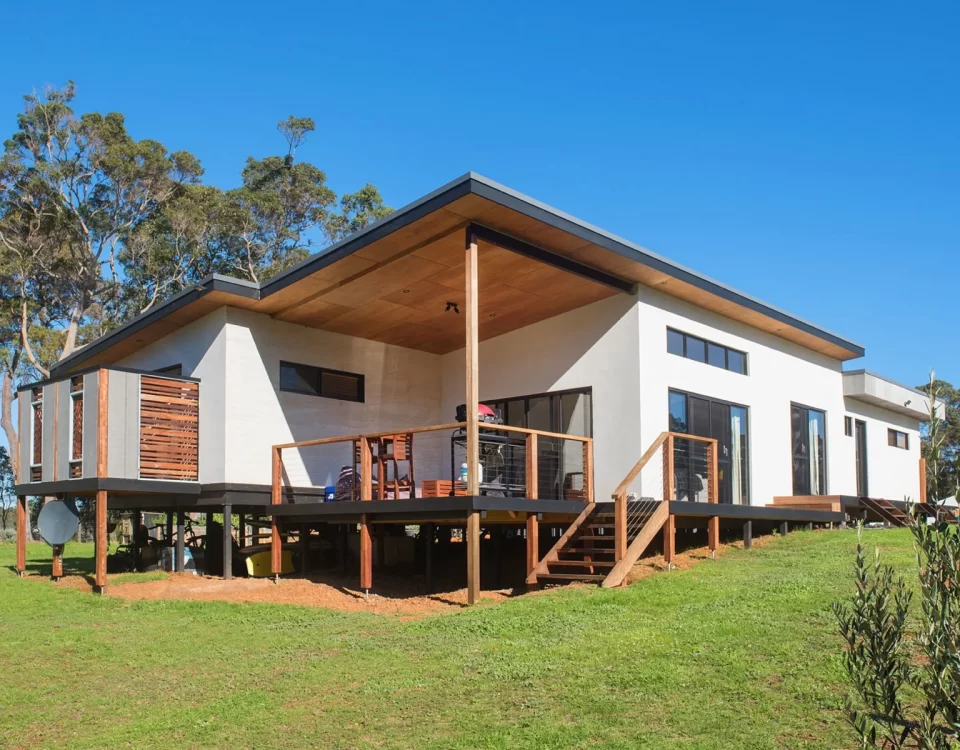Natural Building is many things. Broadly speaking, it is use of natural and renewable materials to create shelter for ourselves: something humans have been doing for millennia. Indigenous Australians have been living from materials they have sourced for 60+k years, building not insubstantial huts, mia mias and humpys for sometimes large clans. There’s so much we can learn about building more resilient and climate aware housing from those who understand this land better than most of us could ever dream.
Natural building helps us to connect to the ecosystems we are a part of and ask what resources are abundantly available around us for creating structures. It allows for endless creativity with the raw and minimally processed materials that nature provides. Each bioregion on earth has historically developed a building vernacular that was based upon available resources.
There are many styles of natural building that we utilize: cob, adobe, straw bale, rammed earth, wattle and daub, wood, bamboo, and stone work to name a few. But beyond the techniques and materials used, natural building also means connecting deeply with the place you are in; valuing and honoring the ecosystem to which you belong. It gives us the opportunity to build with consciousness so that our homes do not contribute to planetary destruction but rather the regeneration of the environment.
Industrialised building is heavily reliant on fossil fuels. Our domestic building industry is responsible for 40% of our energy consumption, 40% of our waste generated and 35% of carbon dioxide (CO2) emissions produced. On top if being harmful to the environment, industrialised materials are often harmful to our health, and especially if built badly, can be responsible for heat stress, unhealthy dampness or mould, and freezing conditions.
Natural building is easy to learn and can be done in family groups, or with the help of a builder and a few volunteers. It doesn’t require expensive, time consuming training nor many specialised tools. It can be done by guided unskilled workers. Natural materials like clay and site harvested timber are inherently cheap and most of the cost when using such resources is in the labour. So, if you want to reduce the cost of natural construction you can do a large part of the work yourself as an ‘owner builder’ and use volunteer labour by running a workshop.
It may not be easy to quote in terms of time, or material costs (as it depends on whether you take the time to find recycled timber, nails, and much much more that we chuck out or demolish from existing homes). Economically it comes down to where you want to spend your money, with large remote companies making industrialised materials or directly with your fellow community builders.
Naturally built homes are better for the soul, for our communities to learn vital skills, and for the environment as we can all see what is wrong with the way we’ve been building houses for at least a few generations – and they’re getting worse.





